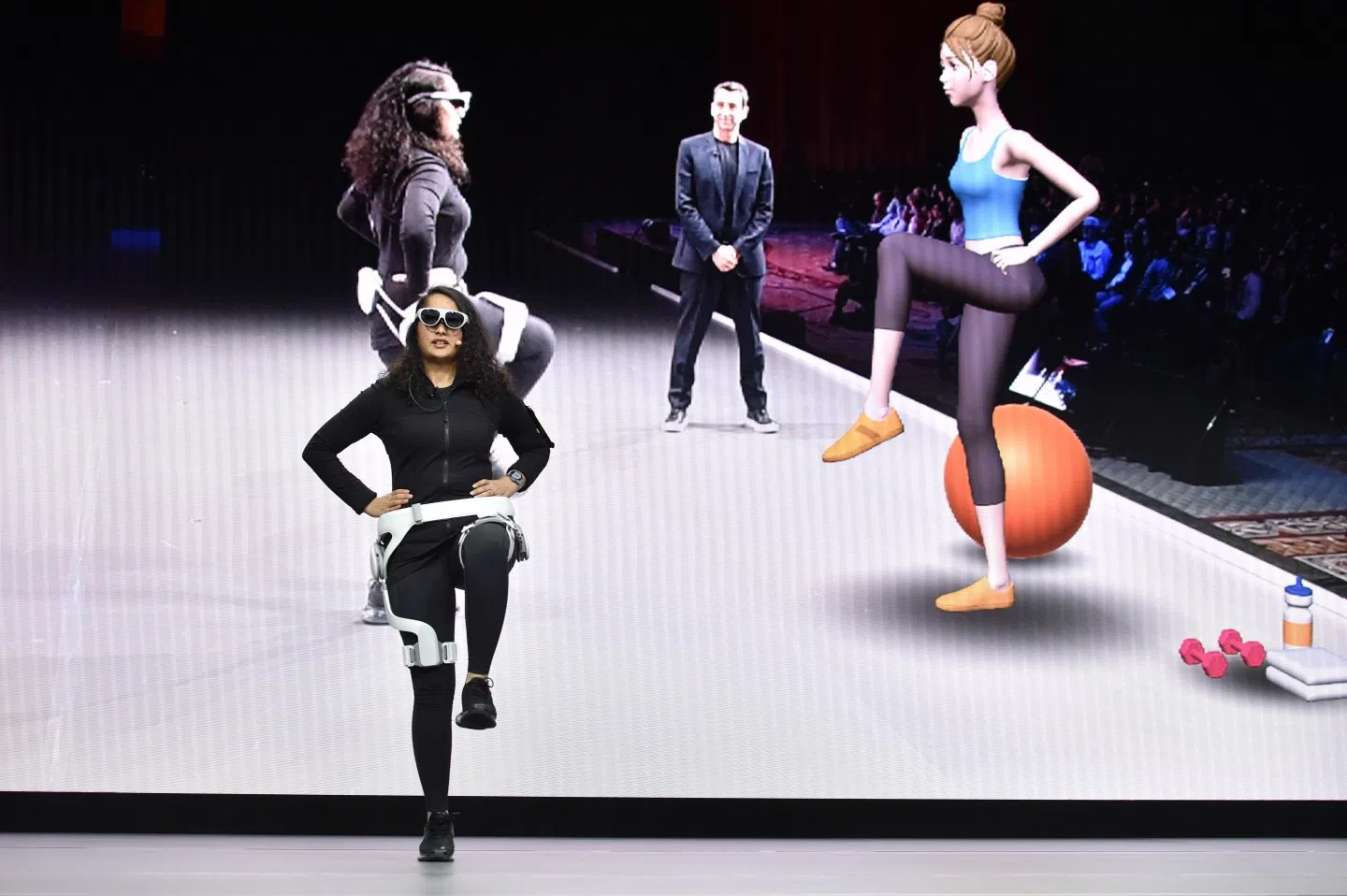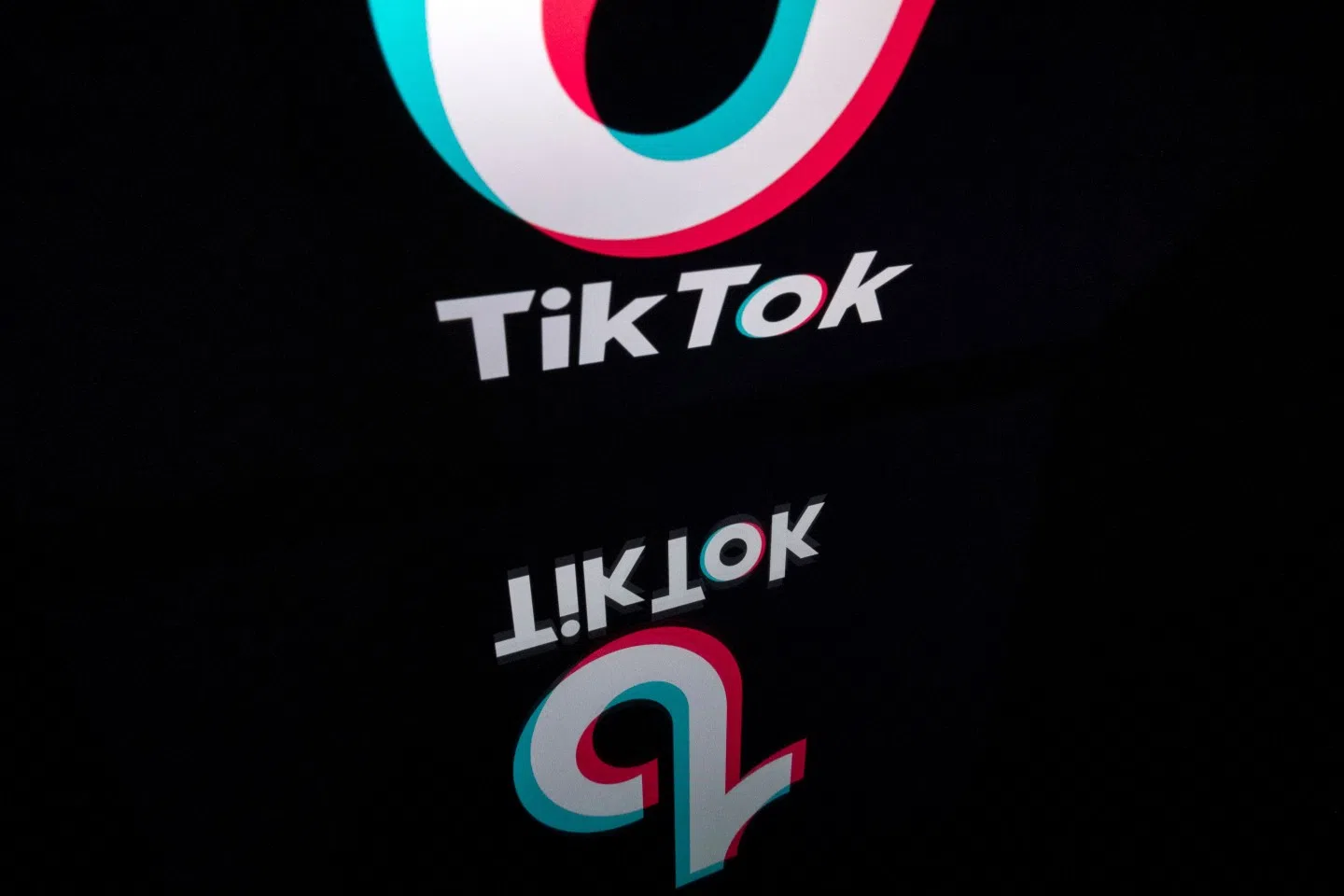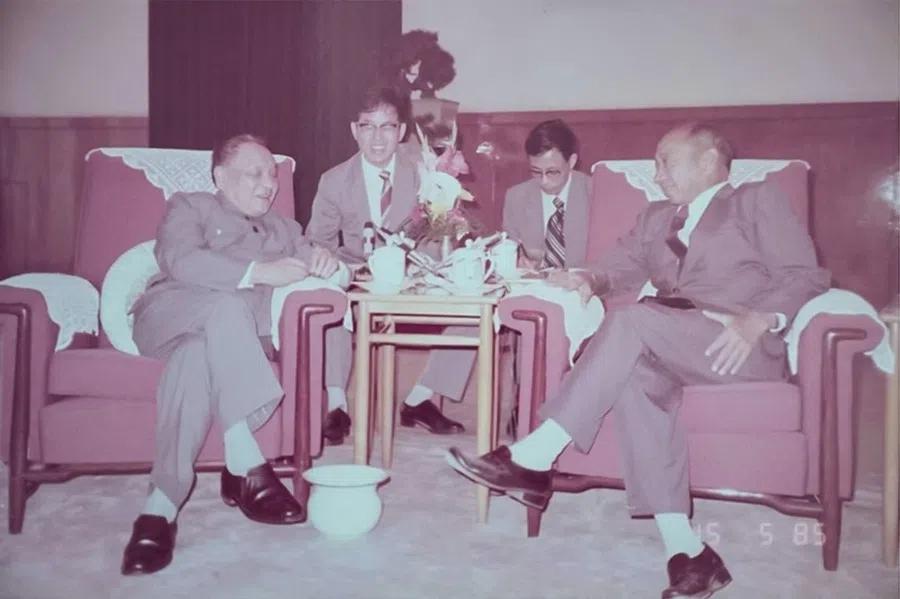If 4G = short-form videos, 5G = a different reality
In a product launch on 9 March, Huawei forecast that global 5G users will reach 250 million this year. Tech entrepreneur Yin Ruizhi takes a closer look at 5G. He says, while the most representative application of the 4G era is the short-form video, the next representative content creation application of the fast-approaching 5G era will be virtual reality and augmented reality.

The most representative application of the 4G era is the short-form video. Short-form video platforms like TikTok, Instagram, and Kuaishou have taken the world by storm and become part of mainstream internet platforms. Various content creators of short videos have made spectacular achievements on these platforms. One example is Li Ziqi, who specialises in creating short videos on country life. She has even become one of China's most important cultural representatives in the world. Many people are now starting to evaluate what the next representative content creation application of the fast-approaching 5G era will be. My bet is on VR and AR.
The core problem with both VR and AR at the moment is the demanding skill sets required and steep learning curve in content creation.
The reality of VR
VR is what people call "virtual reality" or a simulated environment from which users can have an experiential journey. This technology is not exactly new. It had already made its appearance in laboratories in the early 1990s. Many people in their forties would recall it featured in the old American sci-fi animation series The New Adventures of Jonny Quest. But over the past 30 years, it has never been truly popularised. The most recent "VR craze" came in 2014, when Facebook acquired Oculus, a VR hardware and software products company, for US$2 billion. But in the end, VR enthusiasts were disappointed when the products created were far from their expectations. Soon after, the company virtually disappeared from the scene.
It is hoped that with the dawning of 5G technology and other advancements, some of the challenges of making VR more accessible would be mitigated. For one thing, high internet speeds would allow data for each and every image to be transmitted in real-time - a requirement crucial for operating VR headsets moving all the time, which cannot accommodate any lag in image transmission. It is estimated that a data transmission rate that is 10 times faster is needed for VR images to appear in the same quality as the high-definition images we are used to seeing.

In tandem, the processing speed of the VR device would also need to be high in order to benefit from the fast transmission speeds. The fastest graphics processing unit (GPU) on the market now can fulfil these requirements and is priced at a few thousand US dollars - a price tag that is moderately acceptable for mass sales in the market. However, its high energy consumption will remain an issue.
Another continuing concern has to do with human response. Under an absence of feedback, fast-changing scenes are bound to make one giddy. This can only be solved through coordination between the VR headset and wearable gear, which is a very time-consuming process.
Dreams of AR
AR is the acronym for "augmented reality", and refers to the enhancement of objects in the real world. It is often confused with VR. In essence, AR refers to the juxtaposition of virtual scenes (objects, images, people) into real world environments and then presenting it in front of the user. Examples of AR can be seen in sci-fi movies such as Star Wars. However, its core problem lies in production. With each increase in the 3D object's size, its data transmission size will gain a threefold proportional increase. This means that for an object size that has increased ten times, its actual data transmission size will be increased by 1000 times. This explosion of data transmission size every time an object size increases is what keeps current 3D objects limited to a very small size. The 5G network's transmission speed can alleviate this problem to a certain extent, providing a ray of hope for AR content creators.

The creative challenges confronting VR and AR
The core problem with both VR and AR at the moment is the demanding skill sets required and steep learning curve in content creation.
As a popular saying goes, "Of the tens of thousands of pretty ladies in the world, half are in Douyin, and the other half, in Kuaishou."
The main reason for the extraordinary success of Douyin (the domestic version of Tiktok) lies in its powerful filters and enormous database of music and special effects that allow the layman to easily create a short video worthy to be shared. For example, prior to the existence of short video tools and platforms like Douyin and Kuaishou, putting together a dance video was a laborious task. One had to film the video, find a piece of suitable background music, and put them together using complicated tools. At the same time, if the dancers' appearances were flawed, the cost for making such adjustments was very high.
With Douyin, all these processes can be easily learnt and completed on your phone. Flaws in the dancers' appearances can be easily tweaked via technology and anyone can now be pretty like a model. Additionally, with Douyin's in-built music support, literally anyone with a background in dance can create an amazing dance video. As a popular saying goes, "Of the tens of thousands of pretty ladies in the world, half are in Douyin, and the other half, in Kuaishou."
In order to shrink one square kilometers of aerial shots into a VR experiential video, 100,000 images have to be shot. The production crew has to utilise air drones and shoot for over two weeks just to produce a VR video that is a few minutes long.

Apart from the level of skill required, the current cost of producing VR and AR videos is extremely high. For example, in order to shrink one square kilometers of aerial shots into a VR experiential video, 100,000 images have to be shot. The production crew has to utilise air drones and shoot for over two weeks just to produce a VR video that is a few minutes long. The ordinary content creator does not have the skills needed to first shoot the scenes, and later process them. As a result, only a limited number of content creators are in this field that has an even smaller value chain. Thus, VR and AR equipment, and their supporting industries, actually operate on a very small scale.
E-commerce opportunities with VR and AR
Imagine what could be achieved if 360 degrees holographic VR livestreaming could be incorporated into video livestreaming, or if products could be projected directly in front of the consumer via AR!
From the experience of the current 4G era, businessmen in the VR and AR industry have a clear profit model - livestream e-commerce or selling items during livestreams. Many people overlooked the potential of livestream e-commerce in the early 4G era. In 2019, the number of users who have participated in livestream e-commerce via the Taobao app was approximately 41.33 million. During the Singles' Day sales, the total amount of transactions via livestream e-commerce was approximately 20 billion RMB. The one-time sales earnings of ten livestreamers exceeded 100 million RMB, while more than 100 livestreamers earned over ten million RMB through one-time sales.

Compared with a display of images with explanatory texts, it is definitely more enticing to interact with customers in real time via livestreaming, which is why this form of e-commerce has been gaining popularity. Imagine what could be achieved if 360 degrees holographic VR livestreaming could be incorporated into video livestreaming, or if products could be projected directly in front of the consumer via AR! It would definitely be even more impactful than just livestream e-commerce.
Note:
At a Huawei online product launch on 9 March, Yang Tao, vice-president of Huawei's Consumer Business Group, forecast that global 5G users will reach 250 million in 2020, with over 170 commercial 5G networks. Currently, 5G is in commercial use in 34 countries and regions. In 2019, there were over 60 5G commercial networks and 10 million users. The number of 5G base stations produced is also expected to increase from 500,000 in 2019 to 1.5 million in 2020.
Related Readings: The myths and realities of 5G | A whole new world with the Internet of Things





